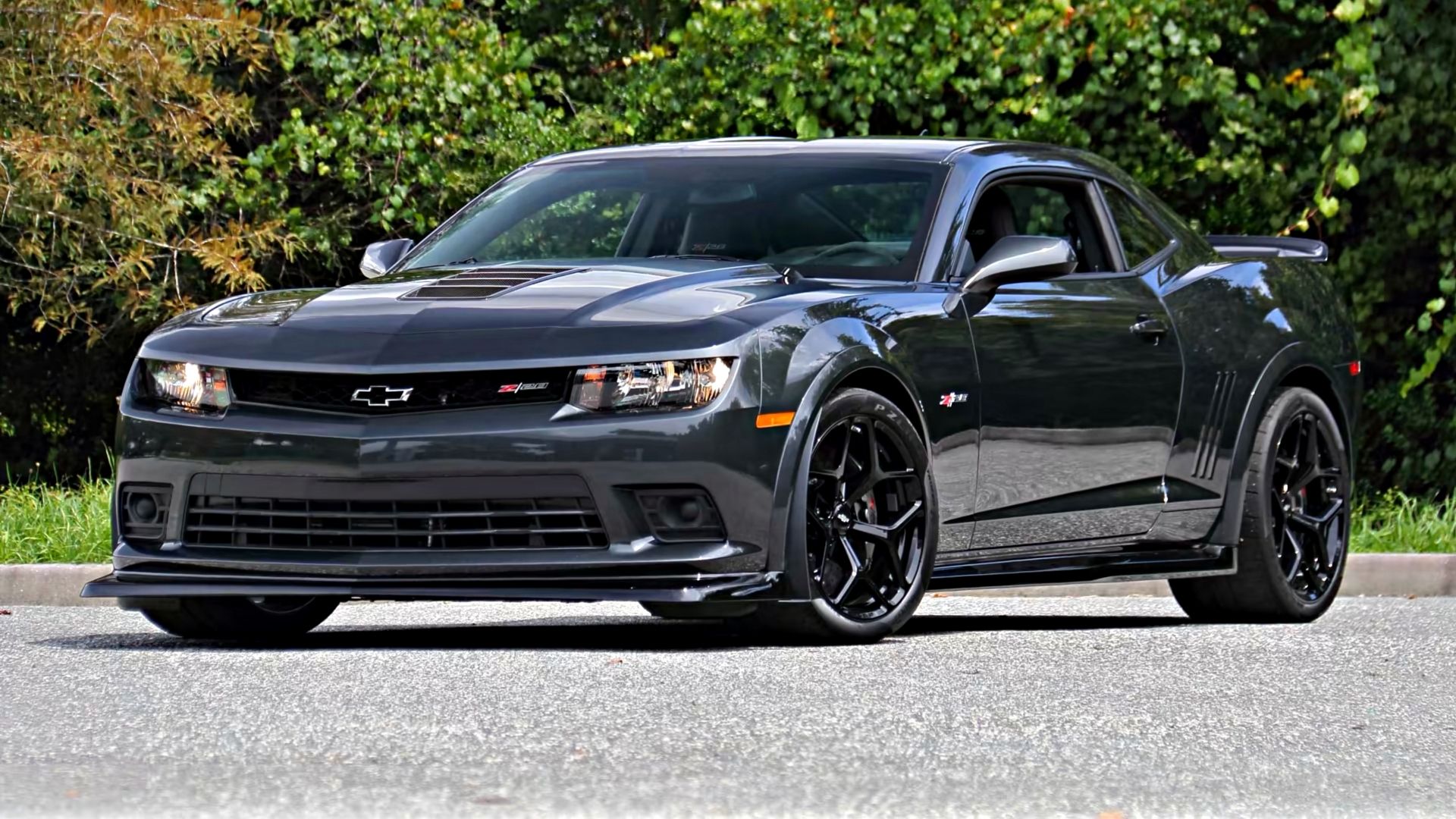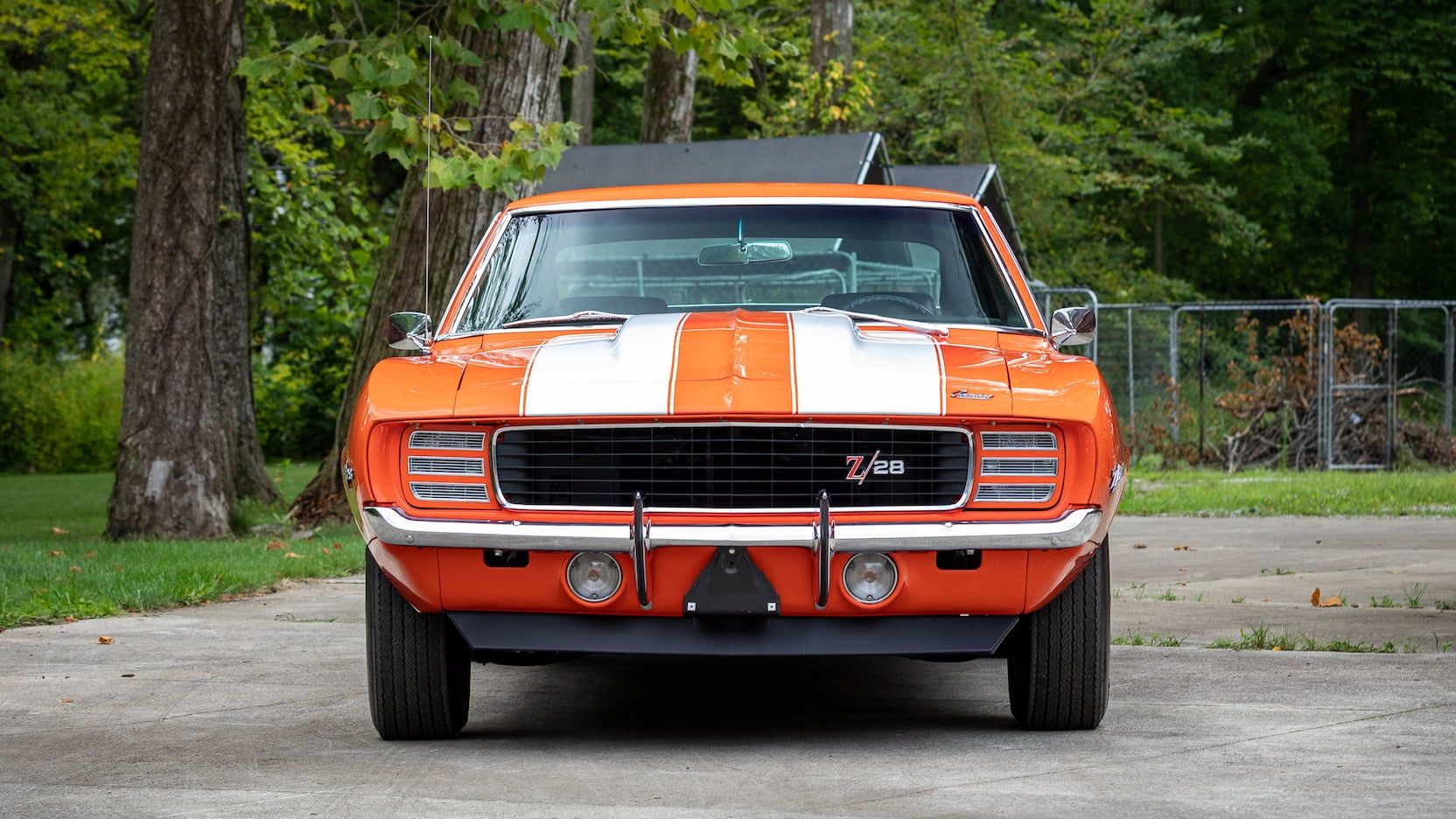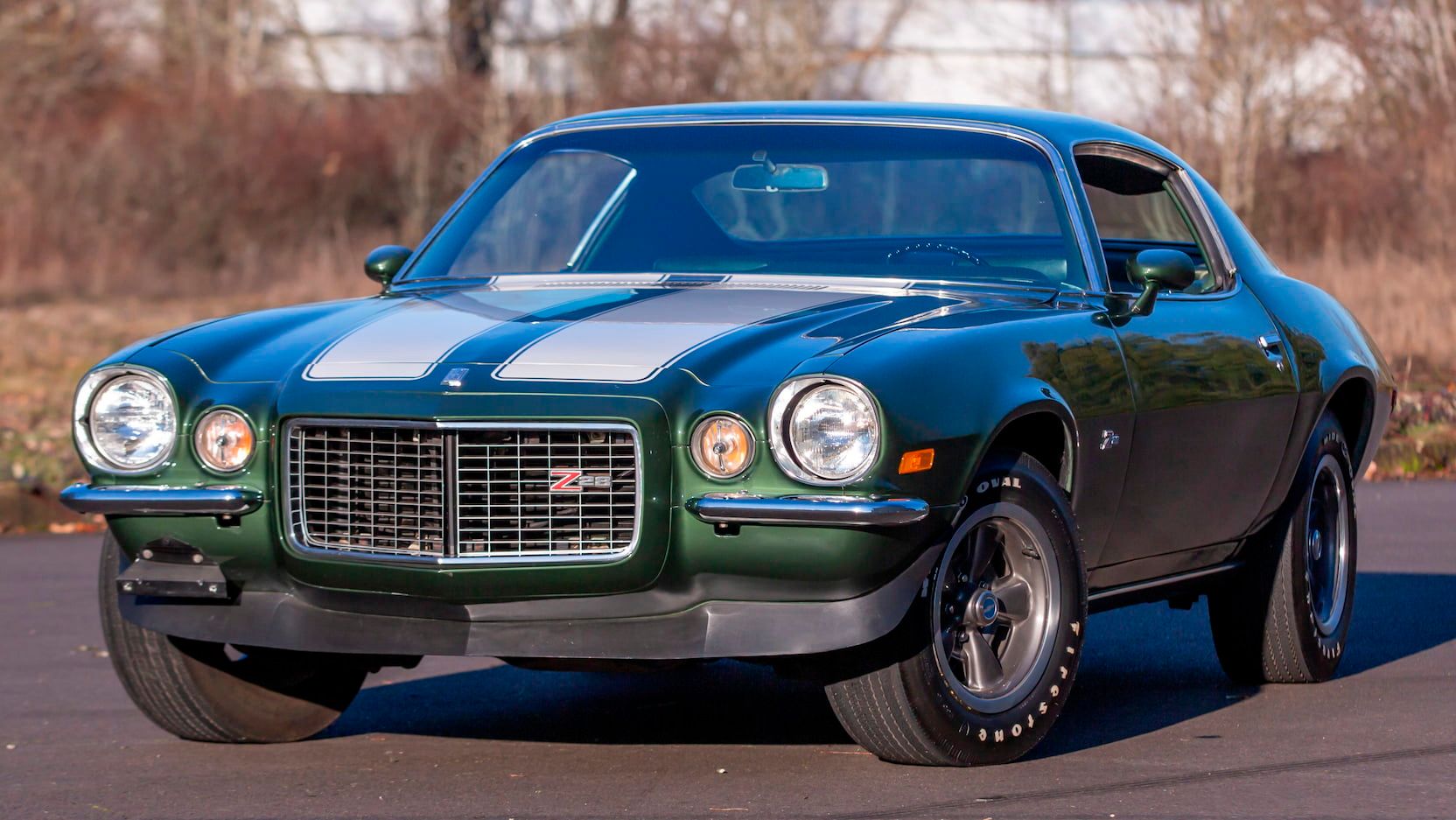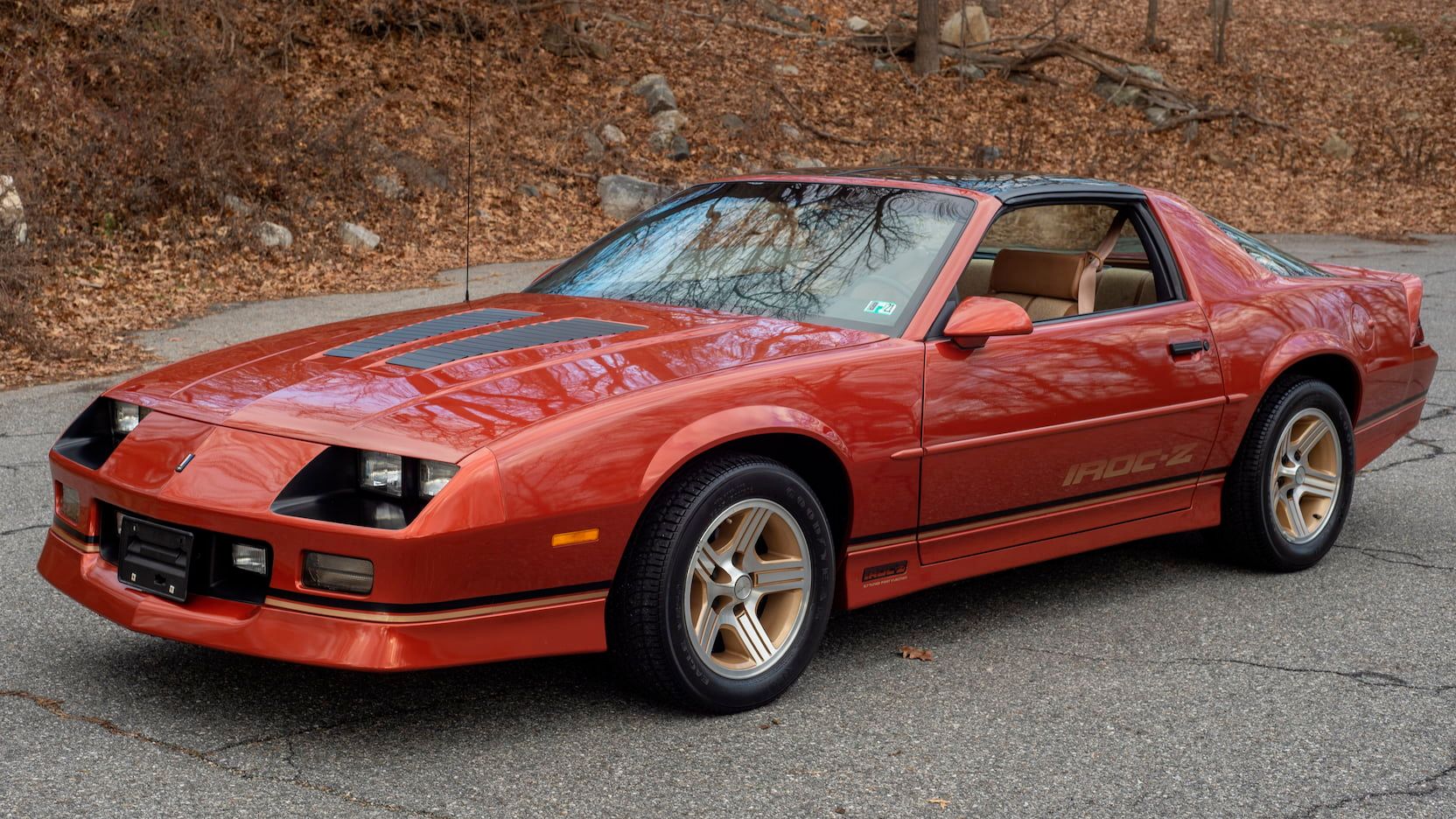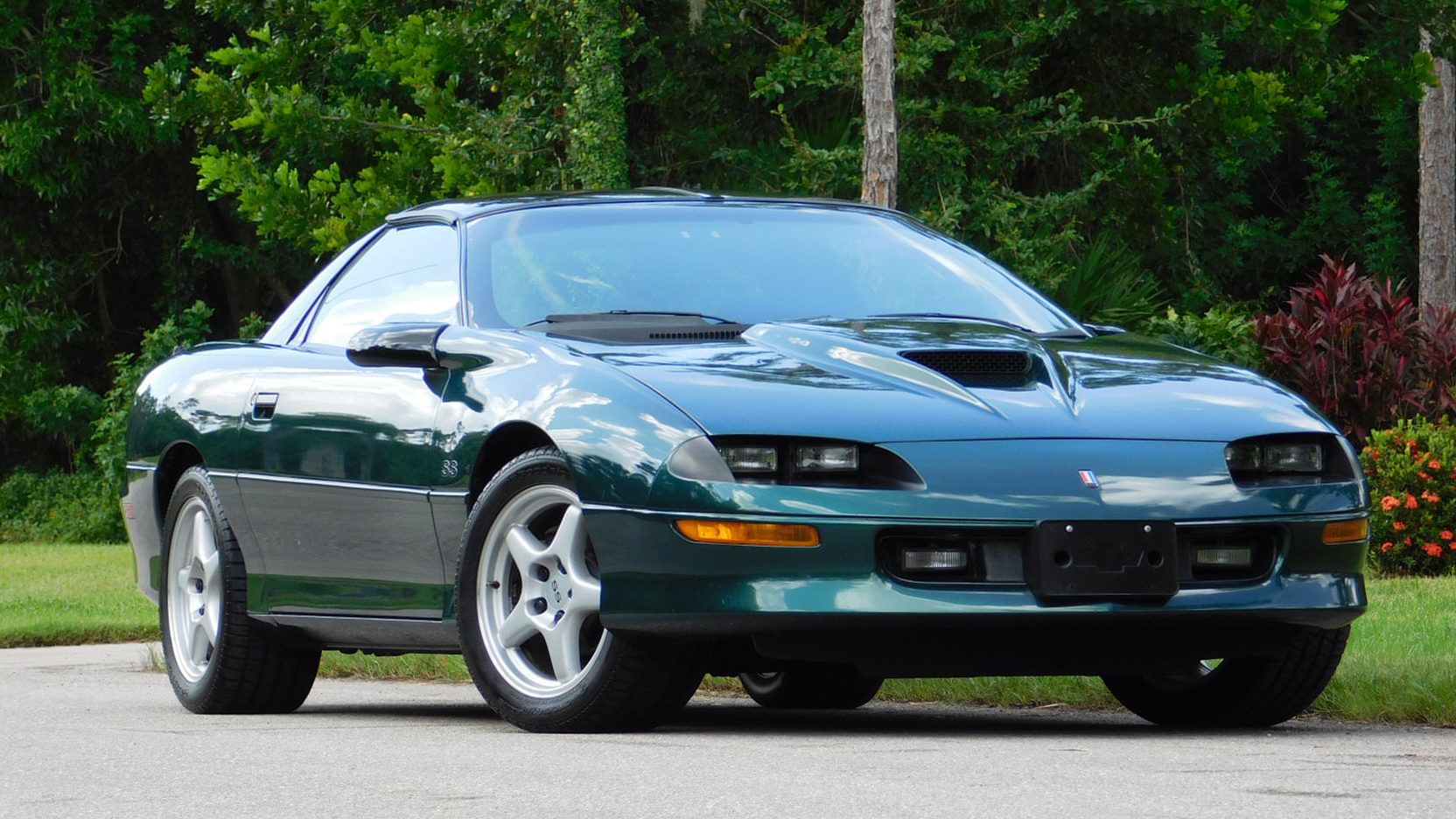For six generations, Chevrolet has given us some awesome cars in the Camaro, a muscle that was meant to meet the Mustang on the streets and track. With its beginnings in 1967, the American Icon will park itself for a second time come January 2024, after an initial curtain call in 2002. Despite that seven-year hiatus from then until 2010, the Chevrolet Camaro has never lost its fan base, today beloved by many as Bumblebee from the Transformers films.
Still, you can't say Camaro without thinking of the famed first generation, one that culminated in perfection with the 1969 model through a collector's eyes. Today's fifth and sixth generations will make many an enthusiast drool over the performance and styling, while generations in between still provide that nostalgia that makes car lovers come back to them again and again. The Super Sport (SS) may have traditionally been that big-block bully, but the Z/28 was always that unique road car, whether that was on the street or track.
Both trims had a place in five of the six generations, with the SS skipping the third-gen, while the Z/28 hasn't been around after the fifth. In the fourth-gen, the trims were even combined. Though once attached at the hip, the Z/28 sets itself apart from the SS and leaves its own mark.
The First Z/28 Holds Chevy's Sole 302
The 1967 Camaro Z/28 was a purpose built race car, meant to face off against rivals in the SCCA Trans-Am series. This car has a lot to like about it. A unique emblem, thick racing stripes, and an exclusive non-convertible model, show this car means business. Though eventually tested with independent rear suspension, it was left a rear leaf sprung car, with a heavy duty F41 suspension.
It also had upgraded power front disc brakes, and cold-air induction plenum cooling. A four-speed manual Muncie M21 transmission was the only way to have it. The real star of the show, however, was the small block 302 engine under the hood! Developed between the 283 and 327, to meet the SCCA regulations for the Trans-Am circuit, this engine is special.
Officially rated at 290 horsepower and matching pound-feet of torque, the engine really put out 375 horsepower! Power came on strong throughout the power band, from 3,500 to 6,500 rpm, and still pulled as high as 7,000! This may have not been great for the street, having to carry high revs constantly or downshift, but it was perfect for road racing.
This way the engine could handle constant high revs. The car kept improving from 1968 to 1969, the last year of the first generation, through constant tweaks and tinkering. Most probably have heard of Ford's Mustang Boss 302, but might not realize Chevy had their own 302, until now. Coded internally as "the Cheetah," the Z/28 package became an instant legend.
The Z/28 Makes A Second Lap
The 1970 Camaro Z/28 debuts with a Corvette LT1 350 cubic-inch V-8, rated at 360 horsepower, and 370 pound-feet of torque. This time it can be had with a three-speed automatic, and gone is the front spoiler and cowl induction hood of its predecessor. This took the car from zero to sixty in 5.8 seconds. It had 3.73:1 gears in the posi-traction rear end, like the 60s cars, and eventually got 4.10 differential gears even.
There was no A/C offered until 1973, but those years would be the best for getting a Z/28. The big-block wasn't available after 1972, which wasn't even a Z/28 option, but by 1973 the horsepower was down to 245 in the Z/28. Of note, this figure was now annotated in net rather than gross numbers. It could be had with a four-speed like the first gen, of which Chevy used several Muncie variants.
The most venerable of these, was the M22 "rock crusher," so that was a good thing. Though the second gen Camaro lasted 12 years, the wane in power puts the Z/28 especially in the rearview of the 60s original, which leads us into the third iteration.
The Third Gen Continues To De-tune
Running from 1982-1992, the third gen Camaro continued to be plagued by the suffocating emissions regulations that stole the power from the majority of the second generation. The years past the midpoint of the 80s are considered the best.
The 1982 Z28 (notice the absence of the slash) ran zero to sixty in 9.4 seconds, reached the quarter mile mark in 17.10 seconds at 80mph, and stopped from 60mph in 149 feet! The Z28 was the performance top trim, although clearly not a scorcher, and in 1985 the famed IROC-Z package was added for performance and appearance.
This stood for the "International Race Of Champions" series, and in 1988, the IROC-Z actually replaced the Z28. This year the 1LE track package was also introduced. It included a full road racing suspension, along with cooling and driveline updates for twisty corners. The Z28 didn't return until 1991, after Chevy didn't renew the contract with the racing series.
The third gen is a great builder. It's lightweight due to the unibody design, has a coil suspension instead of leaf springs, and has that great 80s style. All this makes it desirable for nostalgic Gen-X members of society. Slave in a modern drivetrain, of which there are many compatible LS GM options since this car's inception, and have yourself a retro-looking unique powerhouse sleeper!
Stock Performance Makes A Comeback
The Z28 (again without the slash) returns in gen four, but this time paired with the SS trim by 1996, instead of having IROC association. Before that, one could get a six-speed manual that superseded the four- and five-speeds from prior models. Still, a four-speed auto with overdrive was optional. The 1LE package consisted of stiffer springs, with Corvette brakes and sway bars. The 350 cubic-inch LT1 also borrowed from the Corvette, was good for 275 ponies.
However, 1996 saw the Z28 LT1 produce 285 horsepower. What's more is that SLP engineered a Z28 SS, with a scooped hood, that produced 305 horsepower. This SLP car could be ordered at the dealer as factory. The legendary LS engines were born this generation, and in 1998 the LS1 was available for the Camaro. Even so, this didn't keep poor sales from sinking the first modern muscle car in 2002.
The Slash Returns To Carve Corners
The Camaro returned in a big way in 2010, after the release of a very exciting concept car in 2006, and the Bumblebee SS Camaro in 2007's Transformers film. By 2014, the model received a makeover, and with that returned the Z/28 (slash included for good reason). This car was equipped with a 7.0 liter, six-speed manual only, and stiff track suspension.
The A/C was optional (though it debuted the "flowtie"), the stereo was basic, and it only had one speaker. Even sound deadening material was removed, helping make the Z/28 several hundred pounds lighter than the normal Camaro. This fifth generation was based off of the 1969 model styling, and so too was the makeup of this Z/28, hence the slash. It didn't even have LED taillights or HID headlights. However, it did have new for 2014 Recaro racing seats standard. Clearly, this was a driver's car if there ever was one.
The front splitter was low and wide, sharp looking enough to slash an ankle if you got too close. The naturally aspirated LS7 V-8 put out 505 horses and 481 pound-feet of torque, good for a 4.5 second zero to sixty. The track-ready Z/28 exclusive carbon-ceramic brakes would stop the car in just 103 feet after that 60mph sprint.
This car "lives in a hazy netherworld between street-legal coupe and full-on race car." The LS7 has a screaming 7,000 rpm redline, which coupled with the other track specs, allowed the Z/28 to lap the Nürburgring in 7:37.47.
This was faster than certain Porsche and Lamborghini models, and even the supercharged Camaro ZL1.
Needless to say, this car was coupe only, and a sunroof was not an available option. With a hood heat extractor, wicker bill style spoiler, and Tremec transmission, the Z/28 was killer. Unfortunately, the trim did not return during the sixth gen, after only having a two-year run, making this special ride to die for.

